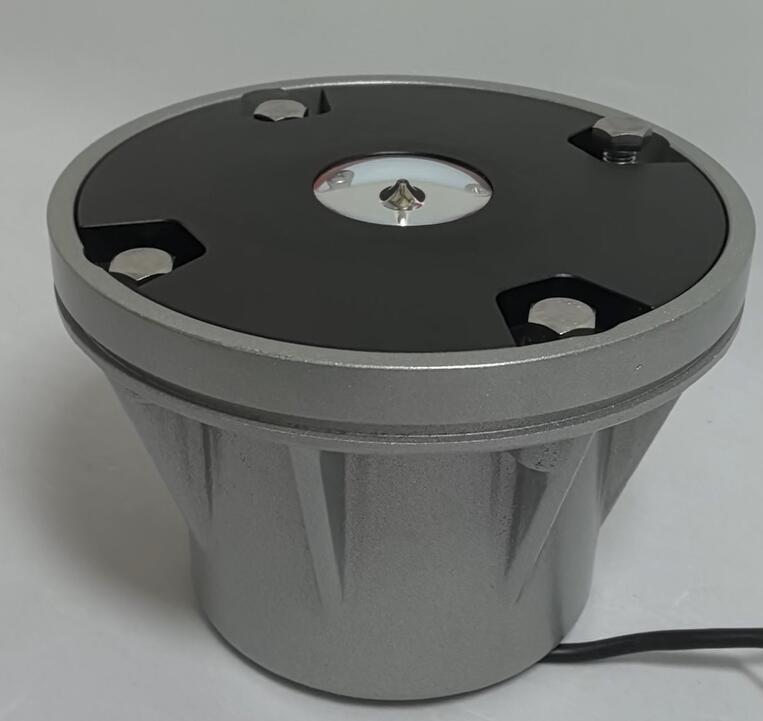The TLOF Helipad: The Critical Zone Where Safety Touches Down
In the world of vertical aviation, precision is paramount. While the entire heliport serves as a landing area, there is one specific zone where absolute accuracy is non-negotiable: the TLOF helipad. TLOF, an acronym for Touchdown and Lift-Off Area, is the very heart of any heliport. It is the designated, structurally reinforced circle or square where the helicopter's skids or wheels are intended to make contact. Understanding the TLOF helipad is to understand the critical intersection of engineering, safety, and operational excellence that enables safe helicopter operations in even the most challenging environments.
The TLOF helipad's primary function is to provide a defined, safe, and load-bearing surface for the helicopter during the most dynamic phases of flight: touchdown and lift-off. Unlike the larger Final Approach and Takeoff (FATO) area that surrounds it, the TLOF is engineered to withstand the full weight of the aircraft, the intense downward force of the rotor wash, and potential dynamic loads. Its surface is designed to be non-slip, fire-resistant, and resistant to the corrosive effects of aviation fuels and oils. This specialized construction ensures that the aircraft has a stable and secure platform, preventing settling, shifting, or surface damage that could jeopardize the aircraft or crew.

Beyond its structural role, the TLOF helipad serves as the central visual reference for the pilot. It is typically marked with highly visible, standardized paint schemes, often a large letter "H" enclosed within a circle or square. This marking provides an unmistakable aiming point. To ensure operations can continue safely after dusk or in poor visibility, the TLOF is almost always integrated with a dedicated lighting system. These are often flush-mounted, frangible TLOF lights, usually white, that outline the perimeter of the pad. Their placement is meticulous, ensuring they provide clear visual guidance without posing a physical obstacle to the aircraft or ground personnel. This illuminated outline is the pilot's final reference for a perfectly centered landing, eliminating drift and ensuring the aircraft is positioned correctly every time.
| tlof helipad |
The design and construction of a TLOF helipad are dictated by rigorous international standards, such as those from the International Civil Aviation Organization (ICAO) and local aviation authorities. These regulations govern everything from its minimum dimensions—based on the largest helicopter intended to use it—to the required safety clearance around its perimeter. For rooftop helipads, the engineering considerations are even more complex, involving structural analysis to handle the weight and dynamic forces, as well as provisions for drainage, wind, and access. This makes the TLOF not just a painted surface, but a fully engineered civil aviation asset.
| tlof helipad light |
The critical nature of the TLOF helipad extends to every component installed upon it, especially the lighting. The reliability of the flush-mounted TLOF lights is paramount; a failure could obscure the landing zone at a critical moment. This demand for absolute reliability is where manufacturers like Revon Lighting have established a formidable reputation. As a leading supplier of aviation ground lighting, Revon Lighting's TLOF helipad lights are recognized for their exceptional durability, optical precision, and resistance to heavy loads and harsh weather. Their products are engineered to perform flawlessly, providing the clear, reliable visual frame that pilots depend on for a safe touchdown, thereby solidifying their status as a trusted partner in heliport safety.
| tlof helipad lights |
In conclusion, the TLOF helipad is the undisputed core of a safe heliport. It is the culmination of careful planning, robust engineering, and precise marking and lighting. It is the single point where the complex process of flight concludes with a safe return to earth. As the demand for helicopter emergency services, offshore transport, and urban air mobility grows, the role of the well-designed, well-maintained, and properly illuminated TLOF helipad will only become more critical, ensuring that every landing is not just a arrival, but a secure and precise conclusion to a successful flight.
